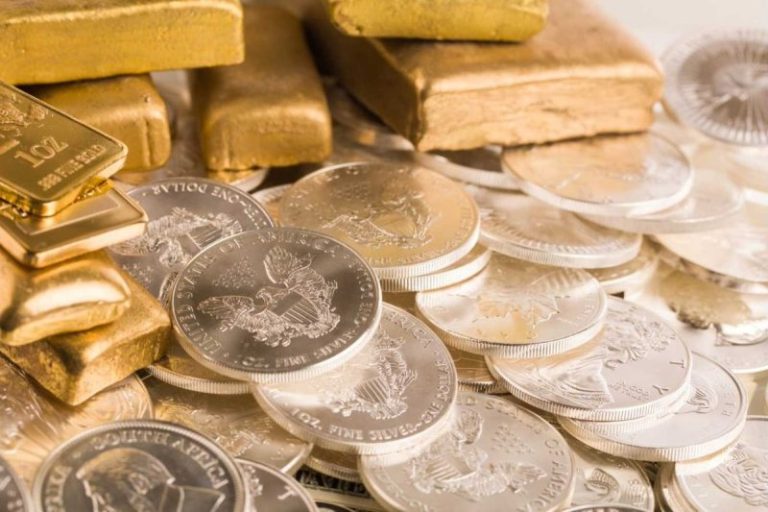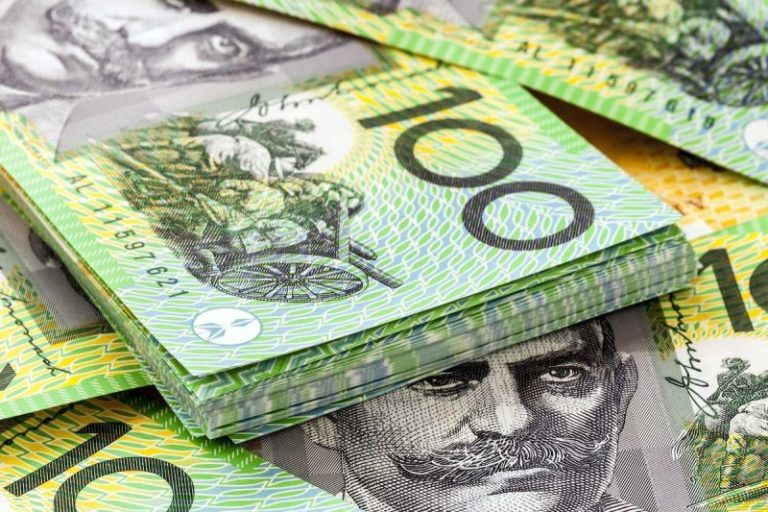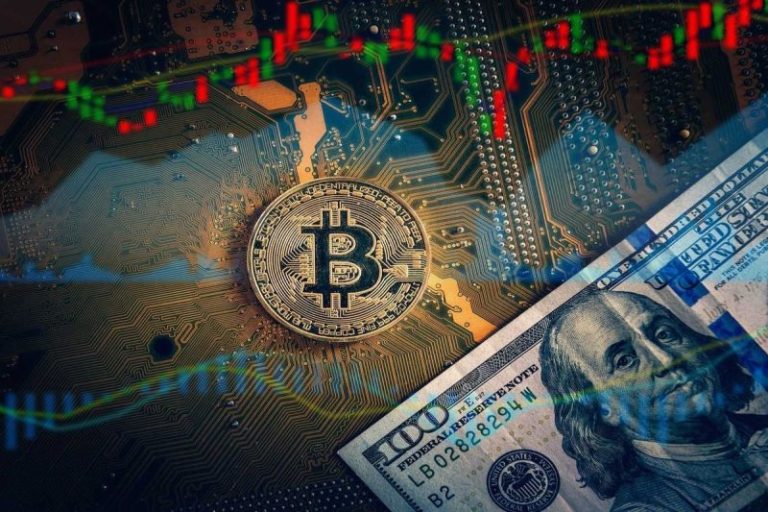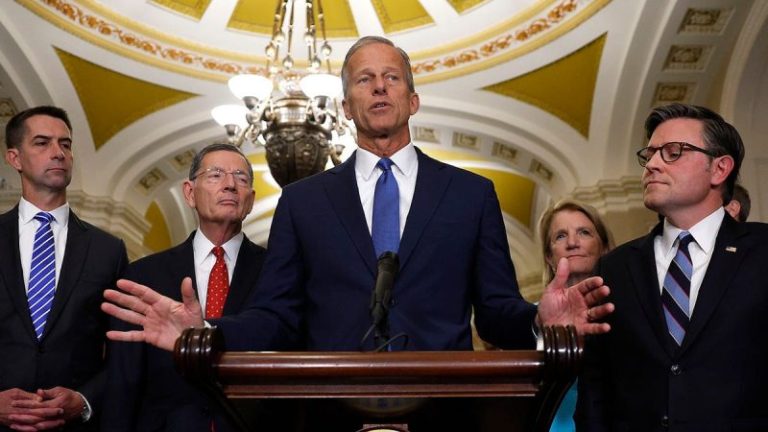Platinum is the third most traded precious metal in the world after gold and silver, and investment demand is growing.
It is also an industrial metal that is widely used in a variety of sectors. The four main uses of platinum are in catalytic converters for the automotive industry; as a material in jewelry; in industrial applications in various sectors including fertilizers, hard drives, electronics, and glass manufacturing; and in medical devices and pharmaceuticals.
The long-term outlook for platinum is strong, making the sector potentially compelling for investors. In September 2025, platinum prices surged above US$1,500 for the first time since July 2014, and crossed US$1,600 before the month closed.
Here’s a brief overview of platinum supply and demand dynamics, as well as a look at a few different ways to start investing in platinum, namely bullion, platinum stocks, exchange-traded funds (ETFs) and futures.
In this article
What is platinum?
Platinum is a silvery-white precious metal that is soft and ductile. It is highly prized for its durability and excellent catalytic properties, such as a high melting point, resistance to corrosion and simple acids, and ability to serve as a carbon monoxide oxidation catalyst. Platinum’s symbol on the periodic table of elements is Pt.
Platinum is the most abundant and widely used of the platinum-group metals (PGMs), which also includes palladium, rhodium, iridium and other metals.
Platinum is not typically mined on its own, but rather alongside palladium and other PGMs within nickel and copper ores or chromitite.
Platinum demand trends
Platinum’s diversity of applications helps to create a resilient market for this metal even in an economic downturn. The four biggest demand sectors for platinum are automotive at 39 percent, jewelry at 28 percent, industrial at 24 percent and investment at 9 percent.
Total platinum demand for 2025 is expected to come in at 7.88 million ounces, down about 4 percent from the previous year’s demand, according to the World Platinum Investment Council (WPIC), which provides quarterly market overviews.
‘An upgrade to jewellery demand expectations and continued robust investment demand, driven by strength in bar and coin in China, are offset by slightly weaker automotive demand and a cyclical trough in glass demand within the industrial segment,’ the WPIC noted in its Q2 2025 report.
Automotive
In the automotive industry, both platinum and fellow PGM palladium are used in catalytic converters for vehicle exhaust systems. Due to their differing properties, platinum is preferred for diesel engines and palladium is the metal of choice for gasoline engines.
In recent years, platinum has been increasingly substituted for palladium in gas-powered vehicles due to high prices for palladium seen in the early 2020s. Although the price disparity has decreased, analysts expect that the substitution trend will continue for some time.
Demand from this sector is expected to decline by 3 percent year-on-year in 2025 to 3.03 million ounces as global auto sales and production are in decline, especially in Europe, according to the WPIC.
Another important factor impacting this segment of the market is the growing market for electric vehicle (EVs), which do not require catalytic converters to control emissions. Although EV demand growth has been slower than anticipated, which has proven positive for platinum, EVs made up over 20 percent of global new car sales in 2024.
The transition to electric and US tariffs affecting the industry are weighing on platinum demand from the auto sector, but the WPIC says this segment of the market is ‘proving resillient’ despite these downward forces.
Industrial
Demand from the industrial sector is expected to be the largest drag on overall platinum demand in 2025, with the WPIC predicting it will drop by 22 percent in 2025 to 1.49 million ounces. WPIC predicts that a cyclical slowdown in new capacity in glass manufacturing will cause a 74 percent year-over-year reduction in demand from this segment of the industrial sector, translating to a drop of 515,000 ounces.
Jewelry
Global jewelry consumption is projected to grow by 11 percent in 2025 to reach 2.23 million ounces. Regionally, demand growth is centered in China as platinum becomes a much more affordable option compared to gold. Chinese platinum jewelry fabrication is expected to grow by 42 percent in 2025.
Investment
Regarding investment demand for platinum, in 2025 WPIC expects a 2 percent jump over the previous year to 718,000 ounces of the metal. Specifically looking at platinum bars and coins, the WPIC is forecasting demand in this segment to grow by 45 percent year-on-year to a two-year high of 282,000 ounces.
Hydrogen
In recent years, the transition to a green economy and the growth of hydrogen technologies has created another growing market for platinum. The WPIC has noted that the hydrogen market, specifically proton exchange membrane electrolyzers and hydrogen fuel-cell electric vehicles, is expected to become ‘a meaningful component of global demand by 2030 and potentially the largest segment by 2040.’
For now, the hydrogen sector represents less than 1 percent of total platinum demand, although it is expected to increase by 19 percent this year to 49,000 ounces.
Platinum supply trends
The 22 percent decline year-over-year in platinum demand has not alleviated the ongoing supply-demand imbalance. The platinum market is destined to remain in a supply deficit for a third-straight year in 2025, according to WPIC estimates, with a shortfall of 850,000 ounces of the metal.
Analysts are forecasting total platinum supply of 7.03 million ounces in 2025, a net decrease of 3 percent year-over-year.
Recycled platinum supply is anticipated to reach 1.6 million ounces in 2025, a 6 percent jump year-over-year, as higher platinum prices incentivizing recycling of the metal.
On the other hand, mined platinum supply is expected to fall 6 percent to 5.43 million ounces in 2025, which the WPIC attributed to lower production out of South Africa, Zimbabwe and North America.
South Africa is by far the largest platinum country in terms of mined platinum and reserves, according to the US Geological Survey data, accounting for about 67 percent of global output. The country’s Bushveld Complex is the largest PGM resource in the world. However, ongoing electricity shortages and transport line disruptions have restrained platinum mine output from the country in recent years.
How to invest in platinum
Investors who believe the above market dynamics will eventually result in a higher platinum price may be interested in investing in the metal. There are several ways to invest in platinum, from platinum mining stocks and platinum ETFs to physical bars and coins and platinum futures.
Platinum stocks
One way to invest in platinum is to own shares of a platinum-mining company. Depending on your risk tolerance, both major platinum miners, junior exploration companies offer an easy entry point.
Major platinum mining stocks
Eastern Platinum (TSX:ELR,OTC Pink:ELRFF)
Eastern Platinum, or Eastplats, has a number of directly and indirectly owned PGM assets in the Bushveld Complex of South Africa. In addition to its ongoing work recovering chrome from historical tailings at the Crocodile River mine, Eastplats is ramping up production of PGM and chrome concentrates at Crocodile River’s new Zandfontein underground mine last year.
Impala Platinum Holdings (OTCQX:IMPUF,JSE:IMP)
Impala Platinum, or Implats, is one of the most prominent platinum producers in the world. The company has majority ownership or joint ventures in four PGM mining operations and a refining facility in South Africa’s Bushveld Complex, two PGM mining operations in Zimbabwe and the Lac des Iles PGM mine in Ontario, Canada.
Sibanye Stillwater (NYSE:SBSW)
Sibanye Stillwater has a diverse metals mining portfolio and is one of the world’s largest primary platinum and palladium producers. It also adopted a circular economy business model that includes platinum recycling. The company has numerous PGM operations in South Africa and the United States. Its US Stillwater and East Boulder operations are in Montana’s Stillwater Complex, the country’s largest source of PGMs.
Tharisa (LSE:THS,JSE:THA,OTC Pink:TIHRF)
Tharisa is a vertically integrated PGM company, and through its subsidiaries its operations span from exploration through to production, beneficiation and distribution. Tharisa’s PGM assets include the Tharisa platinum-chrome mine in South Africa’s Bushveld Complex and the Karo platinum mine in Zimbabwe, which is now under construction.
Valterra Platinum (LSE:VALT,JSE:VAL,OTC Pink:ANGPY)
Valterra Platinum, formerly Amplats, is a leading primary producer of PGMs, supplying mined and recycled platinum products. The company was demerged from Anglo American (LSE:AAL,OTC Pink:AAUKF) in 2025. The company operates the Mogalakwena mine, Amandelbult complex and Mototolo mine in South Africa’s Bushveld Complex.
Junior mining stocks
Bravo Mining (TSXV:BRVO,OTCQX:BRVMF)
Bravo Mining is advancing its wholly owned Luanga PGM-gold-nickel project in the Carajás Mineral Province of Brazil. The project’s 2025 mineral resource estimate shows measured and indicated resources of 10.4 million ounces of palladium equivalent at 2.04 grams per metric ton (g/t).
Canada Nickel Company (TSXV:CNC,OTCQX:CNIKF)
Canada Nickel Company is advancing its wholly owned flagship Crawford nickel-cobalt sulfide project located in the Timmins-Cochrane mining camp of Ontario, Canada. The project also hosts significant platinum and palladium mineralized zones.
Canada North Resources (TSXV:CNRI,OTCQX:CNRSF)
Canada North Resources wholly owns the late-stage Ferguson Lake exploration project in the Kivalliq Region of Nunavut, Canada. The polymetallic project hosts base metals nickel, copper and cobalt as well as PGMs, including 630,000 ounces of platinum and 3.53 million ounces of palladium in the indicated category.
Chalice Mining (ASX:CHN)
Chalice Mining owns the Gonneville project in Western Australia. The project hosts a mix of metals, including palladium, platinum, nickel, cobalt and copper. The Western Australia government has designated Gonneville a Strategic Project in recognition of the project’s importance for the country’s critical metals industry, and Chalice expects to complete its pre-feasibility study in Q4 2025.
Clean Air Metals (TSXV:AIR,OTCQB:CLRMF)
Clean Air Metals is focused on its wholly owned exploration-stage Thunder Bay North critical minerals project in the Thunder Bay region of Ontario, Canada. The project hosts platinum, palladium, copper and niobium mineralization, with an indicated resource of 1.2 million ounces of combined platinum and palladium.
Lifezone Metals (NYSE:LZM)
Lifezone Metals has developed a hydrometallurgical processing technology, which it calls Hydromet Technology, as a cleaner alternative to smelting for base and precious metals refining. The company has a joint venture partnership agreement with Glencore (LSE:GLEN); Lifezone will use its Hydromet Technology to recycle platinum, palladium and rhodium in the Un, and Glencore will act as the offtaker and marketer. Lifezone also owns the Kabanga nickel-copper-cobalt project in Tanzania.
Platinum Group Metals (TSX:PTM,NYSE:PLG)
Platinum Group Metals is working to bring into production its advanced-stage Waterberg PGM deposit in South Africa’s Bushveld Complex. First discovered by the company, the project is now a joint venture with key partners that include Implats at 14.86 percent. Platinum Group retains a 50.16 percent position in Waterberg and will be the majority operator.
Ramp Metals (TSXV:RAMP)
Ramp Metals owns the Rottenstone SW and PLD projects in Saskatchewan, Canada. Rottenstone is situated adjacent to a northeast-southwest geological formation connected to the historic Rottenstone mine, which produced nickel, PGMs and gold, although Ramp is currently focused on gold and copper at the site.
Platinum bars and coins
Another investment option is the direct purchase of physical platinum bars or platinum coins through a bullion dealer.
One example is BullionVault’s online physical platinum market, which is supported by the WPIC, and gives private individuals access to vaulted platinum for the same prices currently paid by institutional investors. The market is open 24 hours a day, seven days a week.
Investors in the United States can also now buy 1 ounce platinum bars and coins at Costco, an option you can learn more about here.
For more information on how to invest in precious metals coins and bullion, check out our guide on buying physical gold, as much of the advice also applies to physical platinum investing.
Platinum ETFs
Those interested in platinum can also gain exposure via platinum ETFs and platinum exchange-traded notes (ETNs). Here are a few to get you started.
iShares MSCI Global Metals & Mining Producers ETF (NYSE:PICK)
The iShares MSCI Global Metals & Mining Producers ETF provides investors with access to the global mining industry through an international basket of companies engaged in the extraction and production of metals, including platinum. Its holdings include platinum mining companies Valterra Platinum, Implats and Sibanye Stillwater. It has the lowest expense ratio on this list at 0.39 percent.
Aberdeen Physical Platinum Shares ETF Trust (ARCA:PPLT)
The Aberdeen Physical Platinum Shares ETF is designed to reflect the performance of the price of physical platinum less the trust’s expenses and holds platinum bars in a secure vault. It has an expense ratio of 0.6 percent.
Sprott Physical Platinum and Palladium Trust Unit (ARCA:SPPP)
The Sprott Physical Platinum and Palladium Trust is another option that provides access to the physical platinum bullion market while allowing the flexibility of an exchange-traded security. It has the highest expense ratio on this list at 0.98 percent.
GraniteShares Platinum Shares (ARCA:PLTM)
The GraniteShares Platinum Trust tracks the spot price of platinum less trust expenses, and holds a physical portfolio of platinum ingots kept in a vault in London, UK. It has an expense ratio of 0.5 percent.
Global X Physical Platinum Structured (ASX:ETPMPT)
Global X Physical Platinum is an ASX-listed platinum ETF that provides Australian investors access to platinum held in JP Morgan storage facilities. It has a management fee of 0.49 percent.
Platinum futures
Another option for those looking to invest in platinum is platinum futures, a derivative instrument tied directly to the price of the actual metal. Futures are a financial contract between an investor and a seller. The investor agrees to purchase an asset from the seller at an agreed-upon price based on a date set in the future.
Rather than intending to take possession of the material asset, investors speculating in the futures market are instead making bets on whether the price of a particular commodity will rise or fall in the near future.
For example, if you buy a platinum futures contract believing the price of metal is set to rise, and your prediction proves correct, you could gain a return on your investment by selling the now more valuable futures contract before it expires. However, be advised that trading futures contracts is not for the novice investor.
Platinum futures are available for trade on the New York Mercantile Exchange (NYMEX), which is part of the CME Group. For more information on precious metals futures investing, see our guides to gold futures and silver futures.
Securities Disclosure: I, Melissa Pistilli, hold no direct investment interest in any company mentioned in this article.










